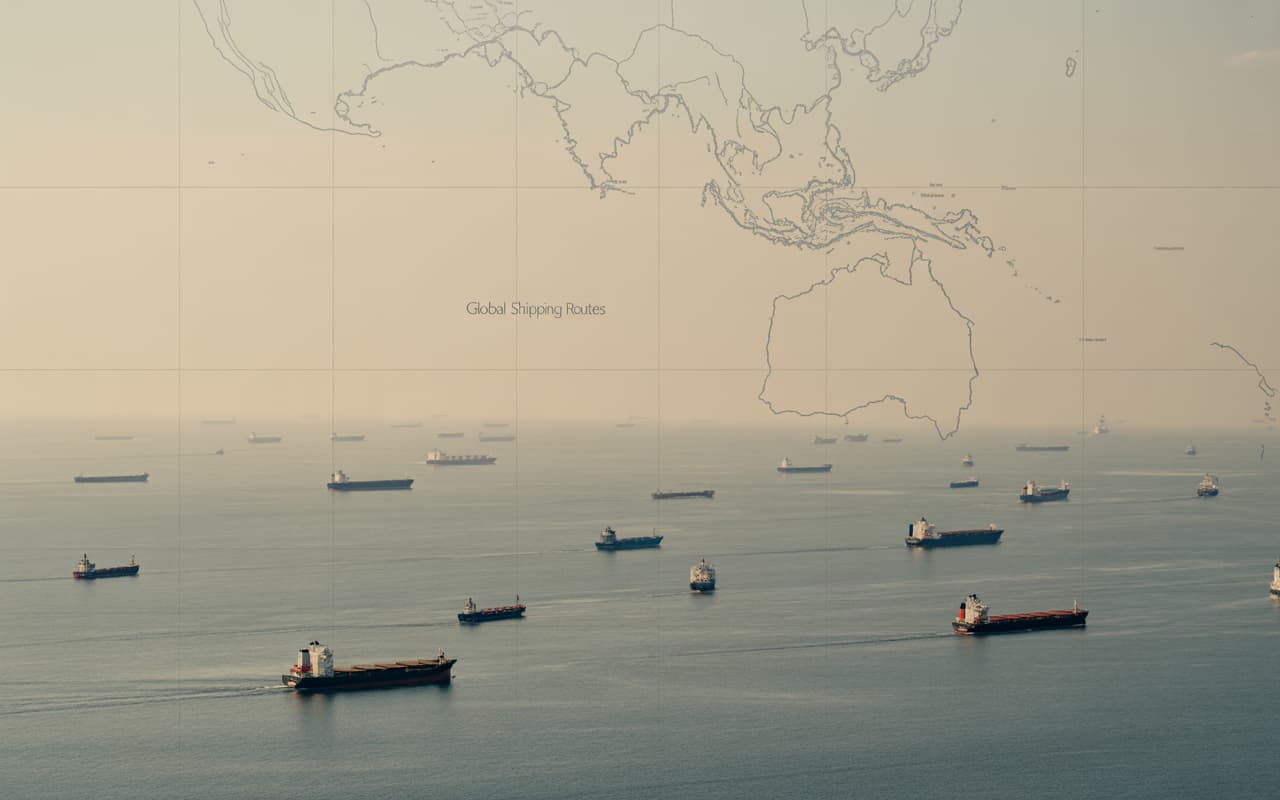
Total Maritime Visibility for Analysts and Intelligence Teams
What Is AIS and Why Does It Matter in Defense and Intelligence Work? AIS, or Automatic Identification System, is a radio-based protocol used by ships to broadcast key information such as identity, position, heading, and speed. Originally built for collision avoidance, it now plays a crucial role in maritime tracking, security, and surveillance. For analysts, investigators, and intelligence teams, AIS is often the first data source used to monitor vessel behavior, detect patterns, and flag suspicious activity.
SkyFi AIS offers uninterrupted visibility across oceans, exclusive economic zones, and congested transit corridors. Unlike other feeds that rely on a single collection method, SkyFi merges satellite, terrestrial, and vessel-borne sources into one clean stream of AIS data. This allows defense professionals to track vessel movement even in areas where spoofing, message collisions, or dark activity are common.
How Does SkyFi Collect AIS Data?
What Is Satellite AIS? Satellite AIS collects data from ships anywhere on the globe, including areas far from coastlines. It's the only way to see vessel activity across the open ocean. However, satellites struggle in dense shipping zones where overlapping messages cause high drop rates.
How Is Terrestrial AIS Used? Terrestrial AIS uses receivers near coastlines to gather broadcasts from ships within about 40 nautical miles. This is reliable for port surveillance and nearshore monitoring but has no reach beyond land-based infrastructure.
Why Does Vessel-Borne AIS Fill Critical Gaps? Vessel-borne AIS is collected directly from ships with onboard receivers. These ships act as mobile sensors, capturing signals that satellites and shore stations often miss. This is especially useful in high-traffic areas like the South China Sea and the Strait of Hormuz, where vessel density causes signal interference.
What Defense and Intelligence Use Cases Require Total Visibility?
Tracking Suspicious Behavior and Dark Activity Many vessels involved in sanctions evasion or illegal fishing disable their AIS or manipulate identity fields. SkyFi’s multi-source feed helps identify gaps and inconsistencies that can indicate tampering.
Monitoring Ship-to-Ship Transfers Tanker-to-tanker transfers are often used to mask cargo origins. These transfers typically occur in remote or congested waters. Having uninterrupted AIS coverage helps analysts reconstruct vessel rendezvous and co-travel behavior.
Building Long-Term Behavior Models Analysts studying vessel patterns over time rely on historical data. SkyFi offers AIS dating back to 2018 with consistent formatting, making it easier to train machine learning models and support investigations.
Watching Chokepoints and EEZs Regions like the South China Sea or the Strait of Hormuz are hotspots for geopolitical tension. SkyFi’s vessel-borne AIS helps monitor high-density traffic where satellites often lose coverage.
How to Access AIS on SkyFi Use the SkyFi app to select your region and date range. You can view, download, or stream the AIS feed. No subscription or long-term contract is required. Choose CSV format or connect through our API.
FAQ
Can I order AIS data by region and date? Yes. You can purchase data for a specific port, sea lane, or region by the day or week.
What happens if a ship disables AIS? SkyFi cannot see a vessel while its AIS is off, but analysts can infer patterns using historical traffic density and co-travel data.
Which data fields are included? Ship name, MMSI, IMO number, vessel type, position, speed, heading, ETA, and timestamped history.
How is this different from MarineTraffic? MarineTraffic depends heavily on coastal receivers. SkyFi includes satellite and vessel-borne data, giving broader coverage and better performance in congested zones.